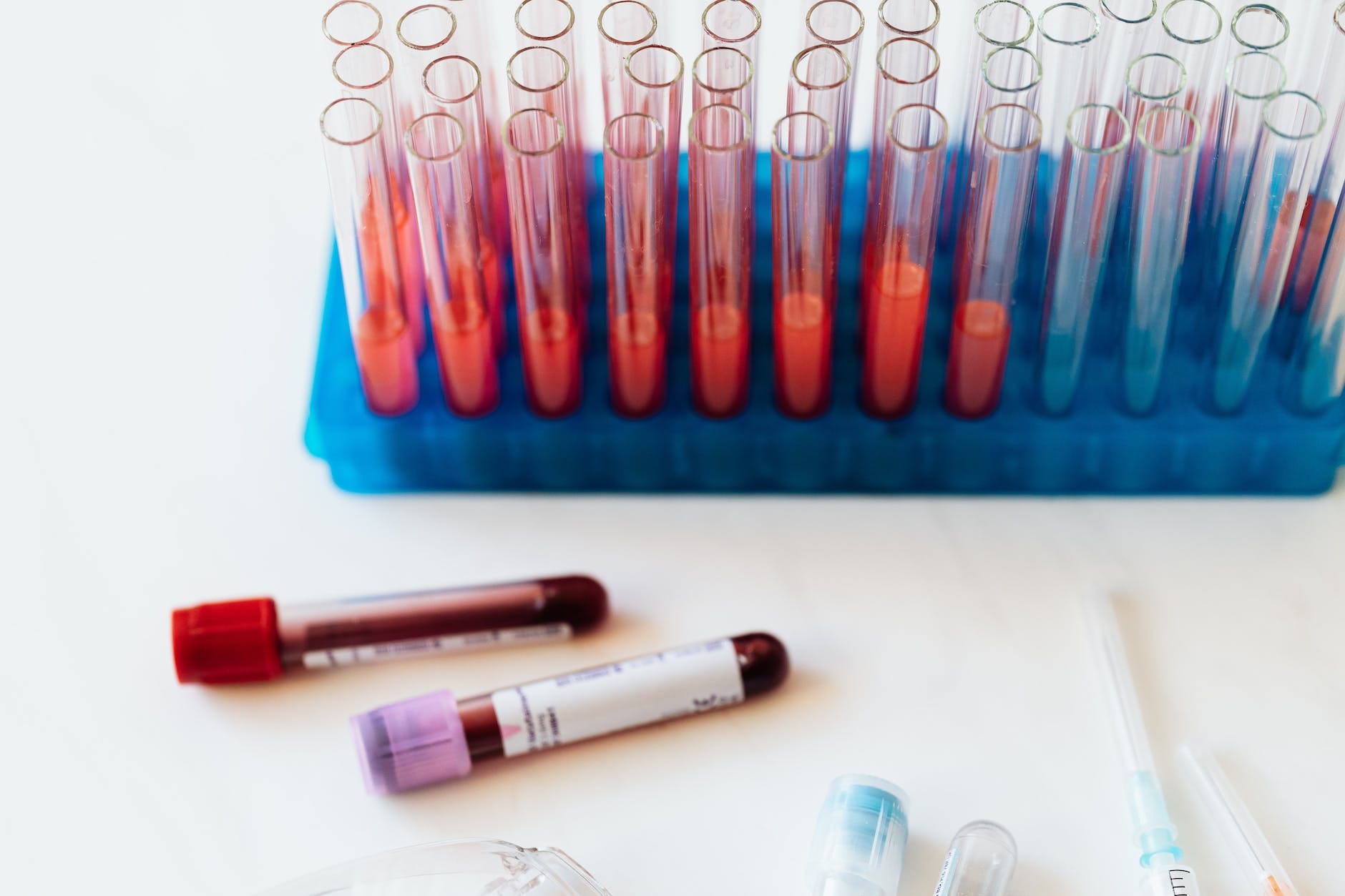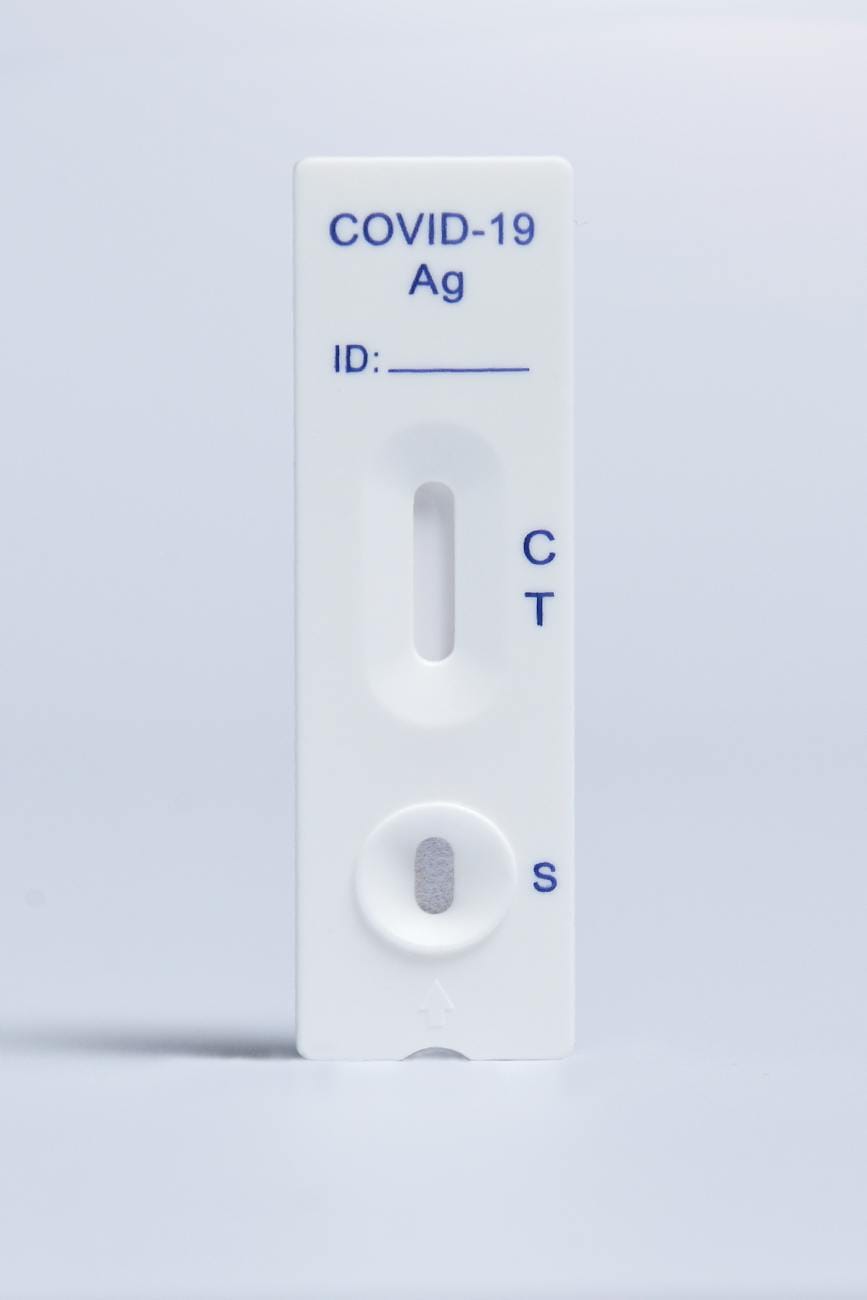Stability Estimation is an important aspect of drug development and manufacturing, as it helps ensure that the drug product remains safe and effective over its shelf life. Stability testing involves monitoring the physical, chemical, and microbiological properties of the drug product over time, under various storage conditions, to determine its stability profile. Below is the calculator based on the q10 rule. You can use this calculator to predict the shelf life of the product.
Q10 Stability Calculator
Note: The upgradation of the calculator is in process. Consider the data for reference purposes only and not for any conclusions.
Basics of Q10 Rule
One of the key factors that affect drug stability is temperature. The rate of chemical reactions and physical changes in the drug product is influenced by temperature, and higher temperatures can accelerate degradation and other forms of instability. Therefore, it is important to estimate the stability of the drug product at different temperatures to determine appropriate storage and shipping conditions.
The Q10 rule is a common approach used to estimate the effect of temperature on the rate of a reaction or process. The rule states that for every 10°C increase in temperature, the rate of a reaction or process will approximately double. This rule is based on the Arrhenius equation, which describes the relationship between temperature and the rate constant of a reaction.
To estimate the stability of a drug product using the Q10 rule, you first need to determine the rate of degradation or other forms of instability at a specific temperature (usually 25°C or room temperature). This can be done using various analytical techniques, such as high-performance liquid chromatography (HPLC), Fourier transform infrared spectroscopy (FTIR), or differential scanning calorimetry (DSC).
Once you have determined the rate of degradation or other forms of instability at the reference temperature, you can use the Q10 rule to estimate the rate of degradation or other forms of instability at other temperatures. For example, if the rate of degradation at 25°C is 1% per month, the estimated rate of degradation at 35°C would be approximately 2% per month (since there is a 10°C difference between the two temperatures).
Important Note about Stability Estimation
It is important to note that the Q10 rule is only an approximation, and actual rates of degradation or other forms of instability may deviate from the estimated values. Factors such as the chemical nature of the drug substance, the formulation, and the packaging can also influence stability and should be considered in conjunction with temperature effects.

In addition, the Q10 rule is only applicable within a certain temperature range, typically between 5°C and 40°C. Outside this range, the rule may not hold true, and more complex mathematical models may be required to estimate the effect of temperature on stability.
Despite these limitations, the Q10 rule remains a useful tool for estimating drug stability and selecting appropriate storage and shipping conditions. By using this rule in conjunction with other analytical techniques and stability testing protocols, drug manufacturers can ensure that their products remain safe and effective over their intended shelf life.
Conclusion
In conclusion, stability estimation using the Q10 rule is a simple and effective approach for predicting the effect of temperature on drug stability. By applying this rule in conjunction with other analytical techniques and stability testing protocols, drug manufacturers can ensure that their products remain safe and effective over their intended shelf life.
Apart from Q10 rule, the most common formula being used in the pharmaceutical industry is Arrhenius Equation.
The Arhenius equation is given by:
k = A * e(-Ea / (R * T))
Please comment and let us know if you require a similar equation, and we will design and develop the same online calculator to estimate the shelf life of pharmaceutical products and APIs.







